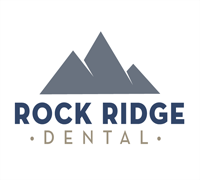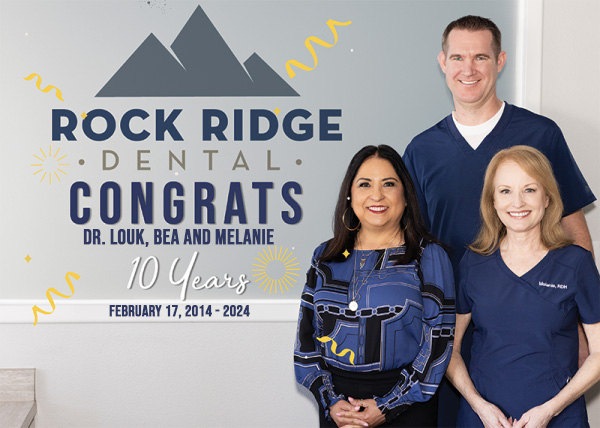A strong, beautiful smile signifies confidence and conviction. It also says a lot about your personality and temperament. Fortunately, you don’t have to be born with a dazzling smile. With today’s dental techniques — both medical interventions and and cosmetic procedures — anyone can get a smile makeover that also prevents further wear and damage. Think of it as an investment in your happiness and your future.
What is a healthy, functional smile
A healthy smile is more than going online to order a teeth-straightening device and a whitening kit. Dental work and cosmetic treatments can actually enhance your entire facial appearance. A perfect smile can brighten your eyes, raise your cheekbones, and even improve the appearance of your complexion. And there’s no one outcome for everyone. Your smile-makeover plan can be customized with your unique needs and goals in mind.
Here is what it means to have a healthy, functional smile:
- Straight, stainless teeth
- A solid bite that isn’t stressful on your teeth or the joints and muscles in your mouth and jaw
- Healthy gums
- Healthy bone tissues
The basics of a smile makeover
A smile makeover simply refers to improving the appearance of your smile. It can involve undergoing one or more cosmetic dentistry procedures and medical dental interventions. Some of the more common cosmetic techniques practiced today include teeth whitening, dental veneers, dental bonding, and implants.
Consider discussing the following techniques with your dental professional.
Restore and unify the color of your teeth
Like most Americans, you probably had a few cavities as a kid. Depending on when you had your dental work, you may now have silver fillings or fillings made from a mix of metals (amalgam fillings), which may be apparent when you smile. A composite restoration means your dentist replaces old fillings with composites that match the natural color of your teeth. Composites are also used to restore chipped and misshapen teeth.
Once your new fillings are in place, you can improve the appearance of your smile further with a teeth-whitening procedure that removes stains and restores color balance across your entire smile.
Who should have this procedure?
A teeth-whitening or the color-restoration procedure is for anyone who has stains on his or her teeth, which can occur naturally with age and from different types of food and beverages, like coffee, red wine, and a lifetime of eating dark-pigmented foods like tomato sauce and red grapes. Another thing that happens naturally with age is that the color of teeth can dull, with some teeth becoming more or less off-color than others. Most people begin seeing tooth stains and discoloration in their late 20s and early 30s.
Fix teeth spacing and alignment
The reason most teens wear braces is to correct crooked or overlapping teeth and reduce gaps between teeth. If you missed out on wearing braces earlier in life, it’s not too late to straighten your smile!
Who should have teeth-spacing and alignment work?
Interestingly, you can have perfectly straight teeth, and later, when your wisdom teeth come in, suddenly see your chompers completely shift. This is especially a risk if you don’t get your wisdom teeth removed early — or decide to leave them in. Whether or not you had braces as a kid, when you’re an adult and want to be your best self, crooked teeth can be embarrassing and even distracting. The good news is that crooked teeth are one of the easiest dental problems to fix.
Replace missing teeth
Missing a tooth or two can damage more than your confidence and self-worth, it can actually set off a chain of not-so-great events. Your teeth can shift, alter the alignment of your bite, and that can lead to mouth and jaw pain, not to mention crooked teeth. Missing teeth also means you’re at higher risk for tooth decay. Consider dental implants, a bridge, or partial dentures.
Who should get a dental implant or dentures?
Losing teeth isn’t something that automatically happens when you hit a certain age, but the risk does certainly go up as we get older. Also, periodontal disease, which starts affecting adults between ages 35 and 50, can also cause teeth to become loose — and maybe eventually fall out. If you’re missing one or more teeth from an accident or oral health issues, you should talk to your doctor about your options.
Restore your smile right now
When discussing the transformation of your smile and your dental restoration journey, we can create a comprehensive plan that takes into consideration your overall oral health, how your teeth and jaw function, plus your dental goals, insurance status, and budget. Call us today to schedule your smile-restoration appointment.


